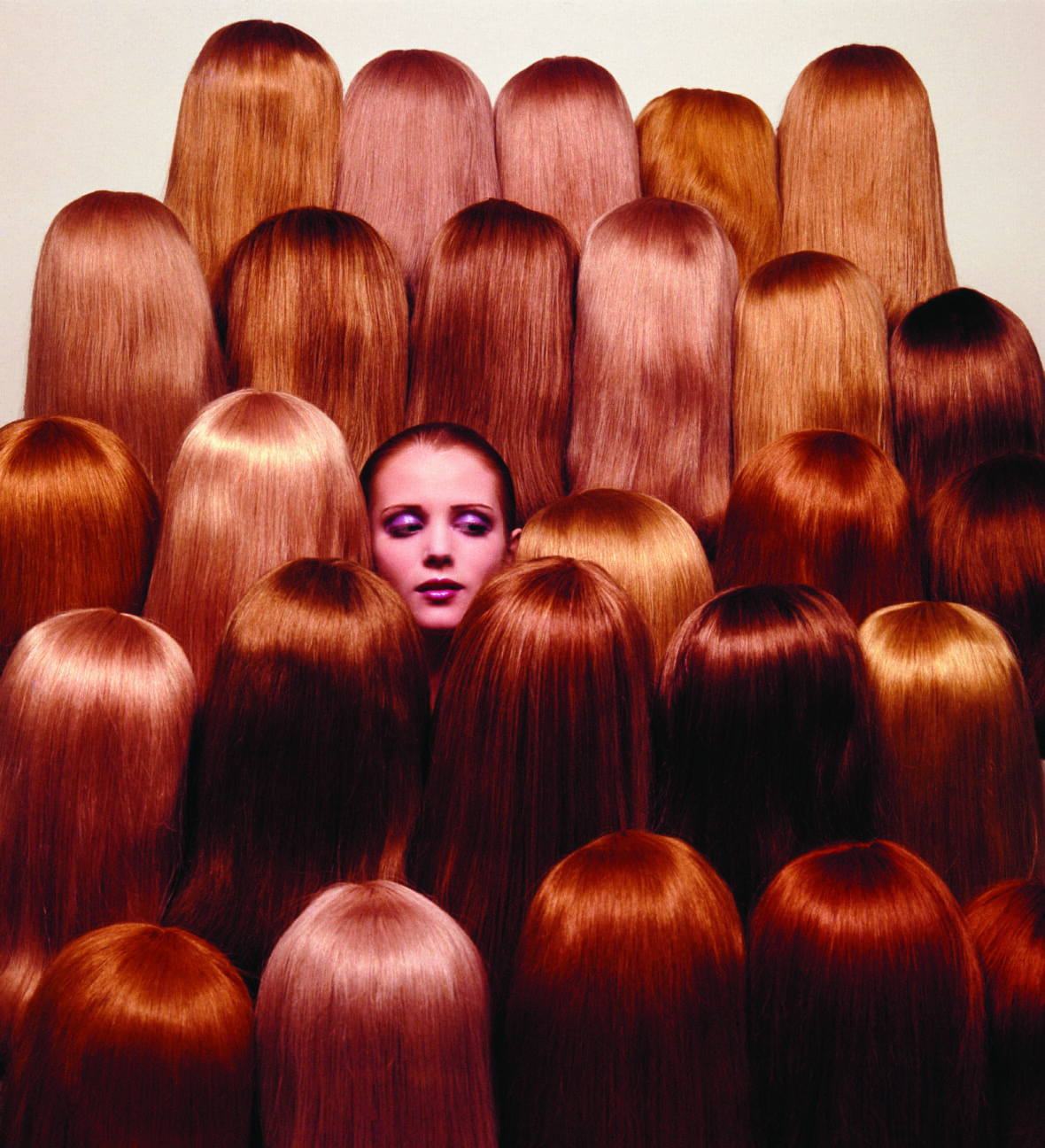Legendary Photographer Guy Bourdin’s Work Is Getting A Web3 Reboot
Bourdin’s alluring images shaped both commercial and art photography throughout the ‘60s, ‘70s and ‘80s.
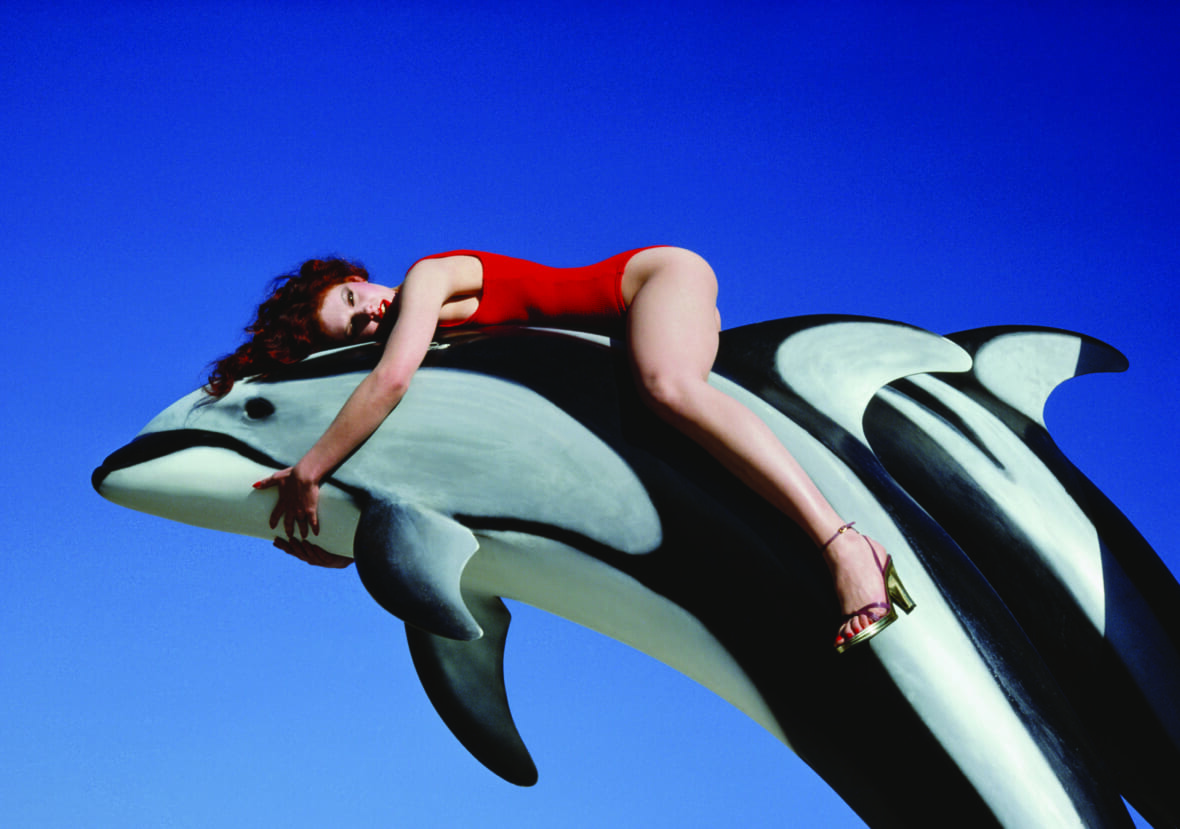
While legendary French photographer Guy Bourdin is best known for his take on surrealism, “his influences were very diverse,” as his son Samuel Bourdin told Interview magazine. “From pop culture to high art, American comic books from the ’50s and ’60s, hyperrealist painters, classic filmmakers like Erich von Stroheim, horror movies, Pre-Raphaelite painters, classical music, James Brown.”
His attitude towards life, Samuel noted, is best summed up in his dictum, “Better to live five minutes of happiness rather than an entire life in a conventional way.” And better to shock than appease.
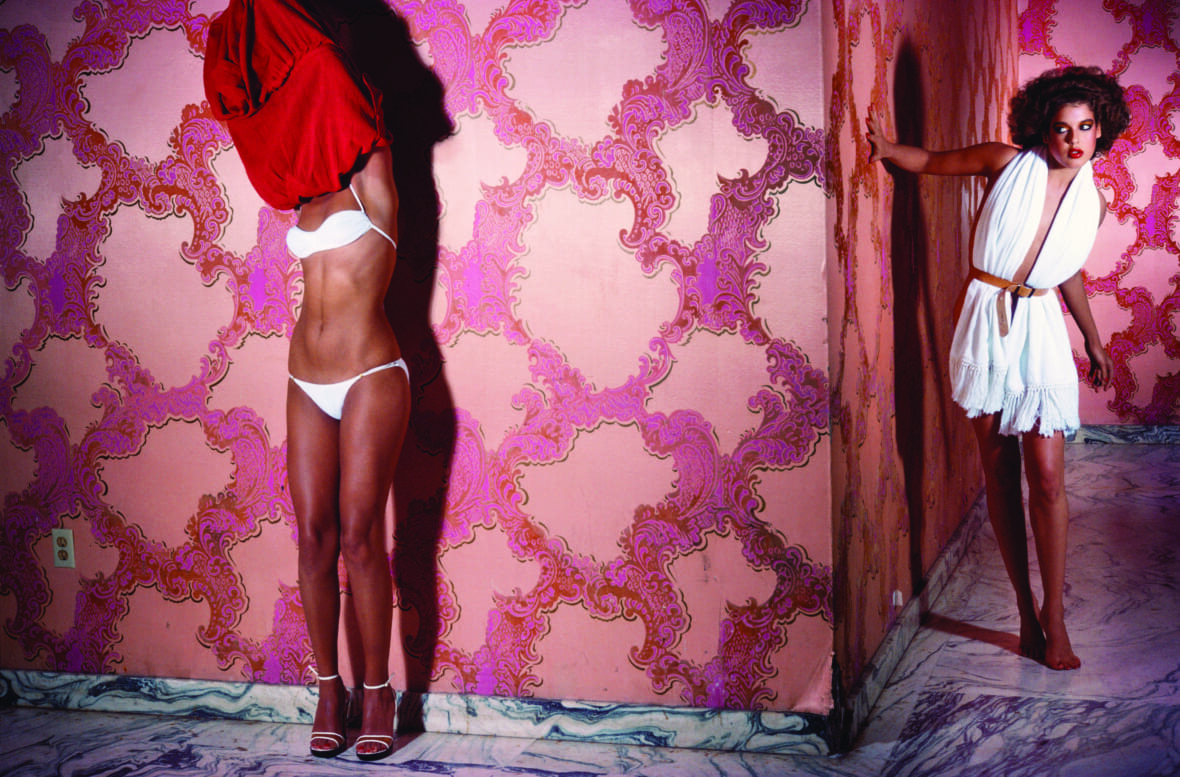
Born in France in 1928, Bourdin, who died in 1991, has had work exhibited in and collected by some of the most prestigious museums in the world, including the Museum of Modern Art, the National Portrait Gallery and the Tate Modern in London, The Jeu de Paume, The Getty Museum, and The Tokyo Metropolitan Museum of Photography.
His career spanned more than 40 years, and he worked with all the major fashion magazines as well as the likes of Chanel, Charles Jourdan, Pentax and Bloomingdale’s, among others, creating lush, risqué images that were unlike anything else.
While he has never had quite the name recognition as, say, Helmut Newton, Bourdin’s work is getting a new lease on life thanks to something he never could have imagined: blockchain technology.
The Guy Bourdin Estate is a key collaborator in Fellowship, a new photography platform “dedicated to bringing the most acclaimed names in photography to Web3,” led by a collective of artists and creatives including Wallpaper*’s Holly Hay, Chadwick Tyler and Alejandro Cartagena amongst others.
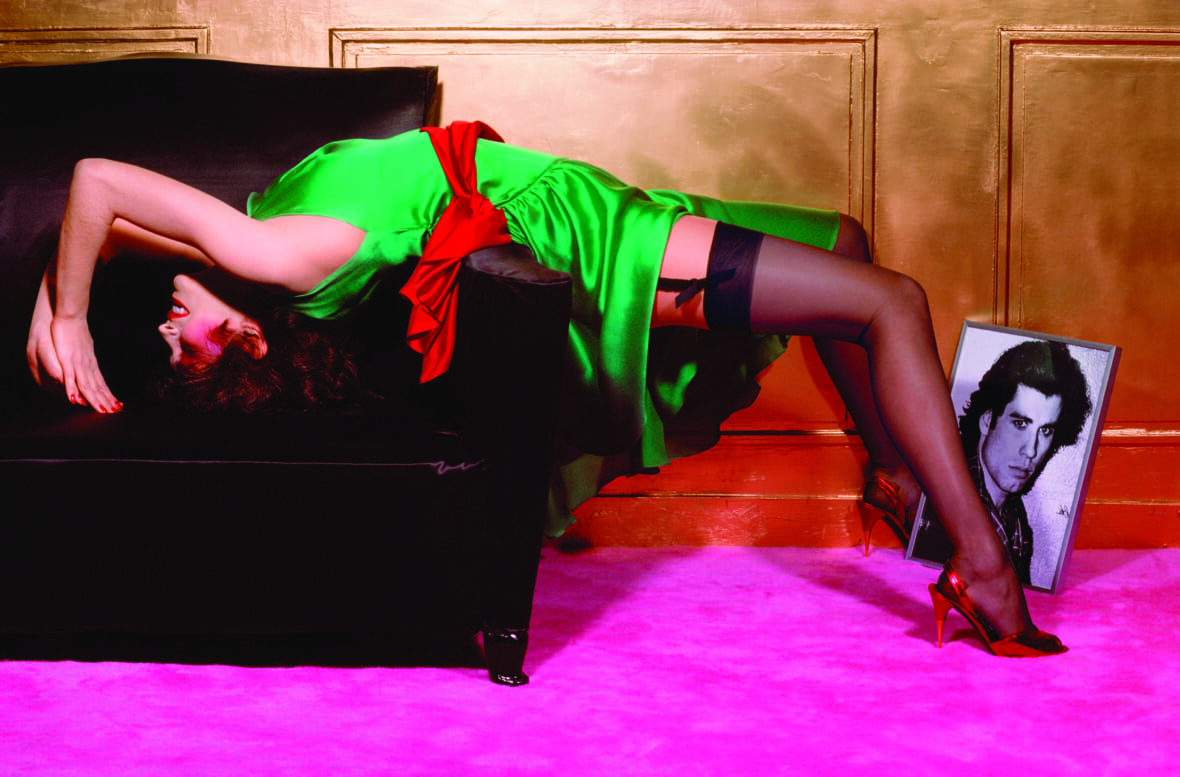
“Fellowship will present NFT collections of works by living artists, emerging photographers, and artists’ estates such as Bourdin’s, “marking a turning point for photography on the blockchain.”
By creating a “new path for artists to present work on the blockchain,” and by enabling a new generation of collectors, “Fellowship commissions and exhibits photography in an accessible waythrough a rotating spotlight on the best photographic talent, from the seminal to breakthrough artists of tomorrow.”
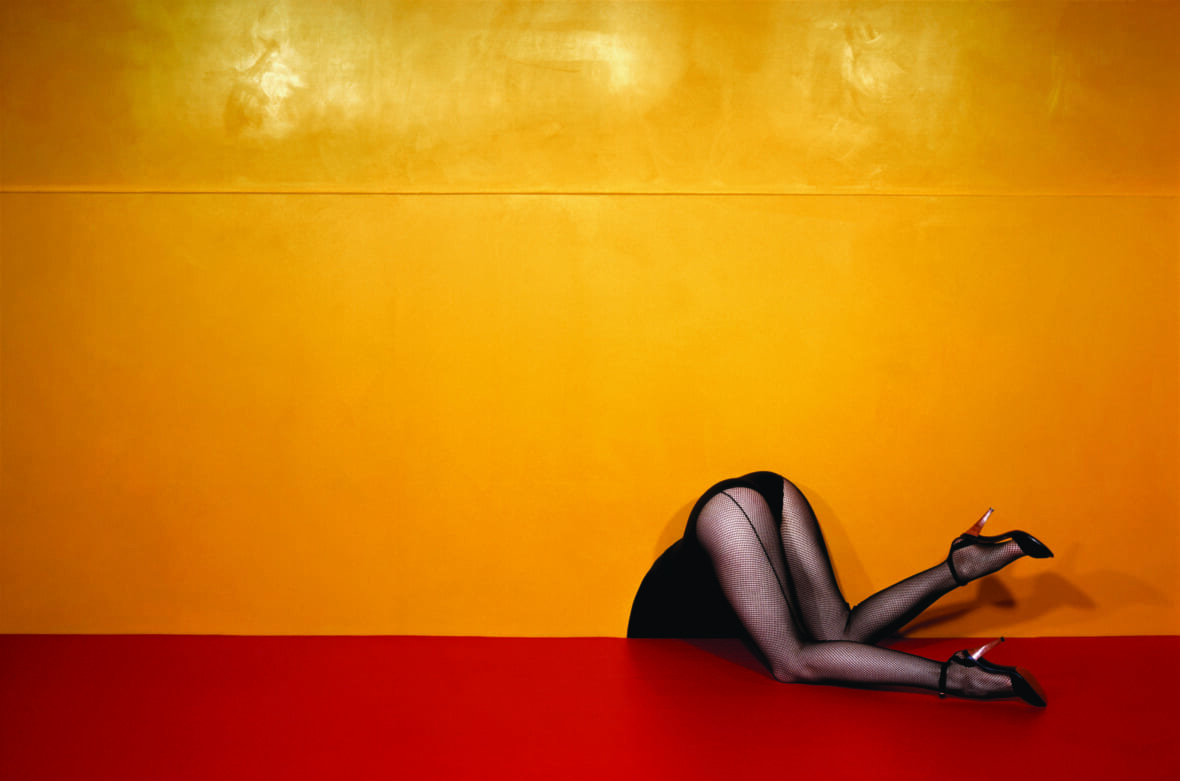
In addition to Bourdin, Fellowship’s first series of NFT photography exhibitions include the work of Joel Meyerowitz, Gregory Crewdson, and Joel Sternfeld. We spoke to Frederic Arnal, director of the Guy Bourdin Estate, about his life and legacy.
Why is Bourdin’s work so important?
Guy Bourdin pushed the boundaries of fashion photography as early as the mid 1950s, at a time when its primary purpose was mostly to illustrate elegance. His single image narratives, both complex and alluring, reoriented the work of art photographers and shaped both commercial and art photography throughout the ‘60s, ‘70s and ‘80s, in ways that still echo today. A long-time collaborator of French Vogue, Bourdin’s work brought a new level of thoughtfulness to image creation in fashion photography and beyond.
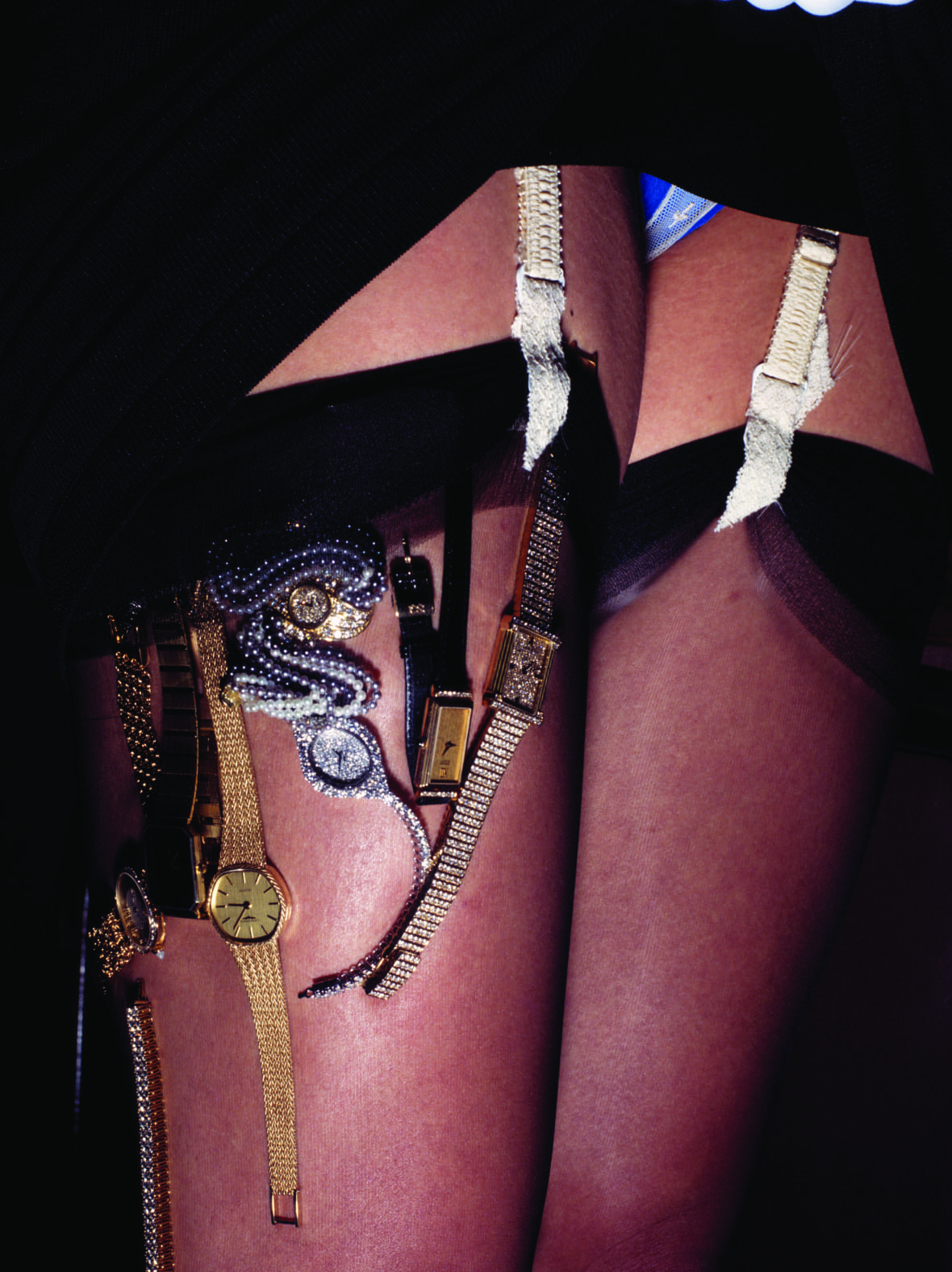
What new ground did he break as a photographer?
Surrealist art and commercial and fashion photography had been considered distinctly different fields during the 1950s. Guy Bourdin was the first artist to merge these worlds with his unconventional work, elevating storytelling within fashion photography above even the products being promoted. His images cemented fashion photography—and in some ways fashion itself—as the narrative art we know today.
Why does his work continue to be relevant?
Creating narratives is an art in itself, and only a handful of artists have mastered it over photography’s 150-year history. To this day, Bourdin’s work serves as a seminal example of tableau photography within the art and commercial photography space for its iconic aesthetics as much as its innovative spirit.

How will Fellowship help amplify that?
One of Fellowship’s goals is to make the art of photography—from historically significant collections to newer bodies of work—accessible to a wider audience via Web3. Collaborating with the Guy Bourdin Estate and other artists’ archives has already revealed new ways of understanding these seminal works. And it has invited a new generation of artists to explore Bourdin’s artistic vision and expand on their own.
What is Bourdin’s legacy to the world of photography?
A spirit of relentless innovation that radiates through his life’s work.
